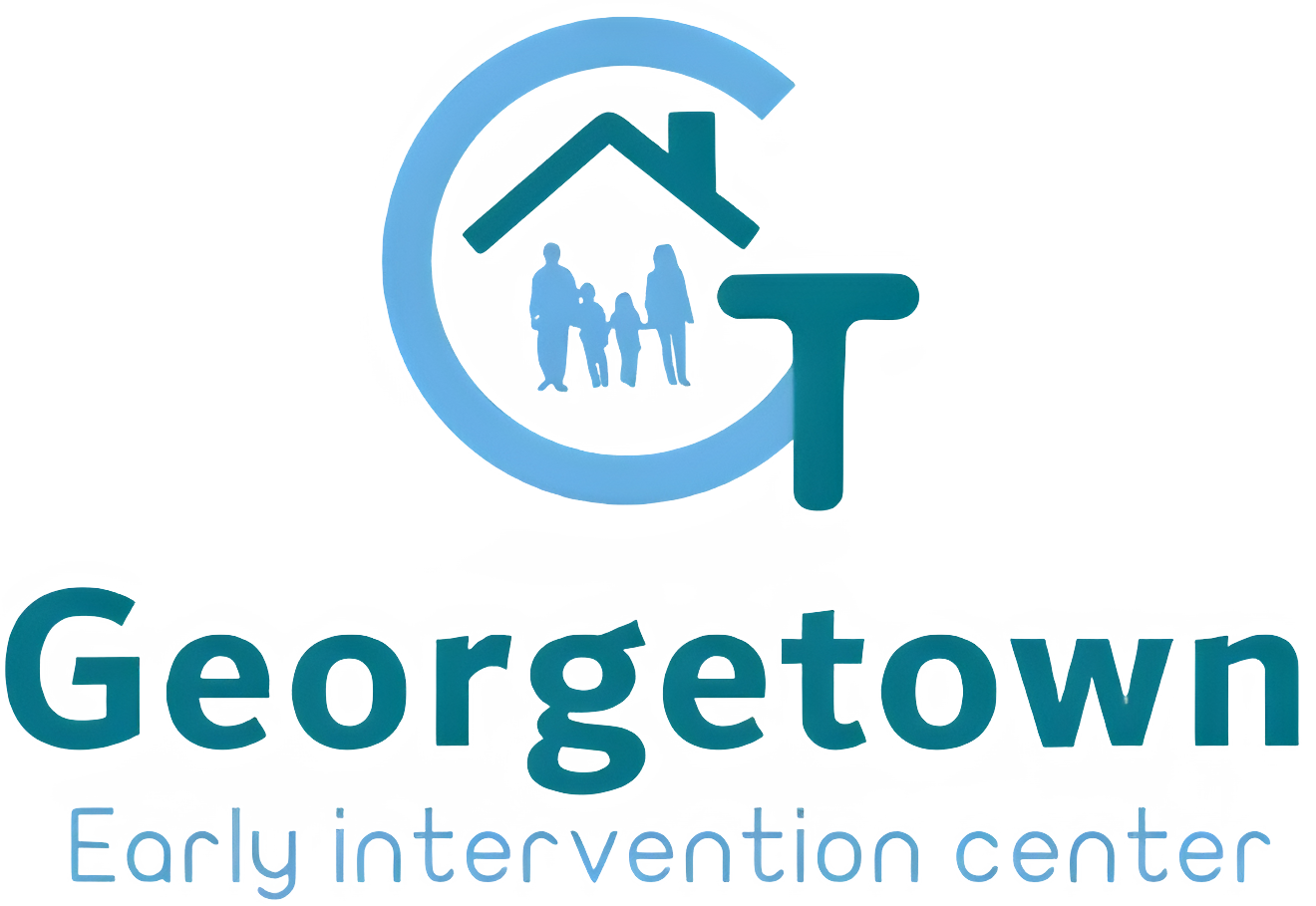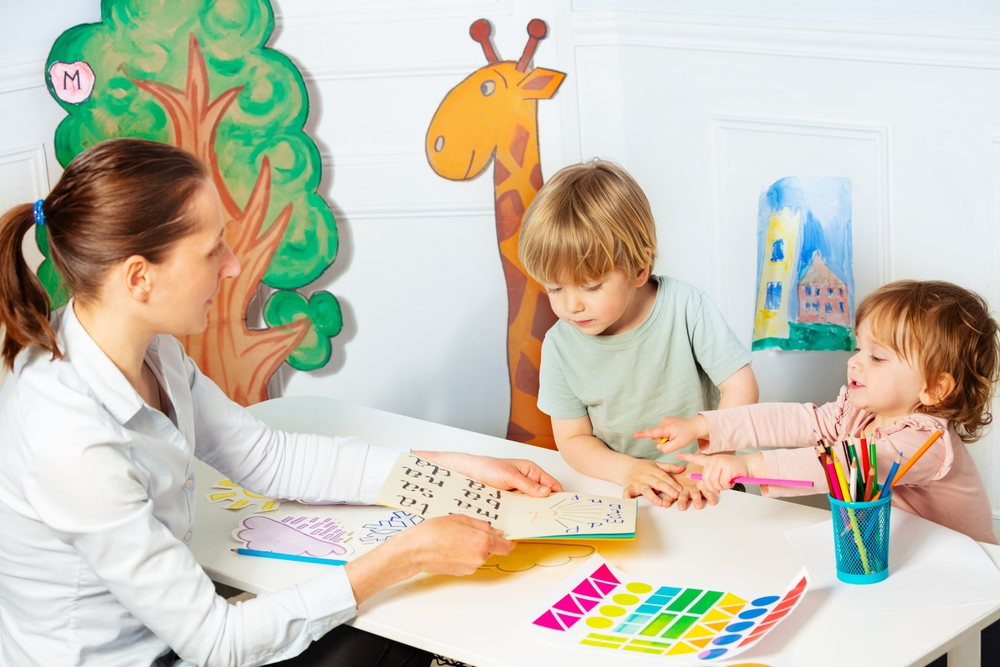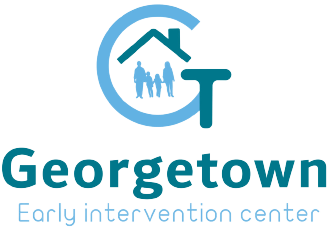
Autism spectrum disorder (ASD) is a group of disorders that cause severe, lifelong disability. ASD affects about one in 166 children worldwide, but it’s not well-known or understood by people outside the autism community.
What is autism spectrum disorder?
Autism spectrum disorder (ASD) refers to a group of developmental disorders that affect the way individuals communicate and interact with others. The term was first coined in the 1980s, but it wasn’t until 1994 that the Diagnostic and Statistical Manual for Mental Disorders (DSM) recognized ASD as a unique condition separate from mental retardation.
The symptoms of ASD vary from individual to individual, but all have difficulties with social interaction, communication skills and behavior. Some people may also experience repetitive behaviors or unusual interests that can be difficult to control.
Symptoms of ASD
ASD is a condition that affects the way a person communicates and socializes. The following are some of the symptoms of ASD:
- Communication difficulties
- Social difficulties
- Repetitive behaviors (for example, rocking back and forth)
- Restricted interests or repetitive routines (for example, playing with the same toys over and over)
Sensory sensitivities may be present as well. These include being sensitive to touch, sound, smell and taste; having an acute sense of smell or sensitivity to loud noises; touching things without permission; not knowing how to share things like toys with others. Tantrums are another common manifestation of sensory sensitivities. Self-injurious behavior such as biting skin can also occur in some children who have autism spectrum disorder rather than just attention deficit hyperactivity disorder (ADHD).
Causes of ASD (Autism Spectrum Disorder)
The cause of ASD is still unknown, but there are many factors that can contribute to its development. For example, the condition may be inherited from parents with autism or other disorders such as depression or attention deficit hyperactivity disorder (ADHD). It’s also been linked to viral infections like measles and rubella during pregnancy.
Other possible causes include brain abnormalities and genetic mutations in certain families. In some cases, these mutations may be passed down through generations if they’re not treated properly while they’re still small enough for doctors to detect them on early scans.
Other factors that can play into this disorder include neurological trauma such as brain surgery before birth; exposure to toxins during pregnancy; exposure to certain chemicals while growing up; head injury sustained at any age level—even just falling off a sofa once could lead down this path!
Diagnosis and treatment
The diagnosis of autism spectrum disorder is based on symptoms. Symptoms may include:
- difficulty with social interactions and communication
- repetitive behaviors or interests, such as hand flapping, spinning objects, and lining up toys
- abnormal development of language skills (for example, not speaking)
Types of Autism Spectrum Disorder
Autism Spectrum Disorder is a spectrum disorder, meaning that it affects people in different ways. There are three main types of ASD: autistic disorder, Asperger syndrome and pervasive developmental disorder not otherwise specified (PDD-NOS).
Autistic Disorder
People with autistic disorder have significant difficulties interacting with others and communicating due to their inability to process nonverbal information such as facial expressions or tone of voice. They also tend to show unusual patterns of behaviors that include repetitive routines like lining up toys; hand washing after every meal; or refusing eye contact when talking with others
How is ASD diagnosed?
ASD is diagnosed based on observation of the child’s behavior and cognitive abilities. The diagnosis is made by a team of specialists who work together to gather information about your child, including:
- Observation (observation) — This step involves watching your child for signs that indicate he or she has autism. Your pediatrician will observe what type of behavior you see in your child and how it compares with other children his or her age.
- Questionnaire — You may be asked questions about how much time you spend reading stories, playing games like blocks and dolls, listening to music or doing art projects outside when you’re with your child at home; how often these activities happen; whether there are times where those activities stop altogether (such as when they’re sick); if there are days where nothing seems like fun anymore because nothing new happens once every few days; etcetera…
Who is at risk of developing ASD?
Children who have an older sibling with autism are more likely to develop the condition. This is because there’s a genetic component to ASD, which means that children who have one family member with autism are more likely than those without this connection to also have another sibling with it.
Children born after the year 2000 are also at greater risk of developing autism than their predecessors, according to a study published in JAMA Psychiatry (2017). This could be due to environmental factors like higher rates of prenatal exposure or altered fetal development during pregnancy that may increase vulnerability later on in life (1).
Treatment options for ASD
Several treatment options are available for ASD to help children with the condition. These include:
- Medication. Most children with ASD need medication to calm them down and keep them from having violent tantrums, which can cause harm to themselves or others around them. Medication may also help improve communication skills, social interaction, and repetitive behaviors (such as hand flapping).
- Behavioral therapy. Behavioral therapy involves learning new ways of behaving that will help reduce challenging behaviors such as excessive crying or aggression towards others in order to achieve more positive interactions with peers at school or home environment where they have regular access
- Speech therapy for language impairment may be needed if you notice that your child has difficulty understanding what people say no matter how loud it is spoken at close range; this could indicate problems with hearing loss
Early diagnosis and treatment can help people with autism spectrum disorder have a better quality life.
As with any other condition, early diagnosis and treatment can help people with autism spectrum disorder have a better quality life. Early intervention is important because it allows children to develop skills they need, such as communication or motor skill development, before they start school.
The earlier you catch autism in your child the better!





